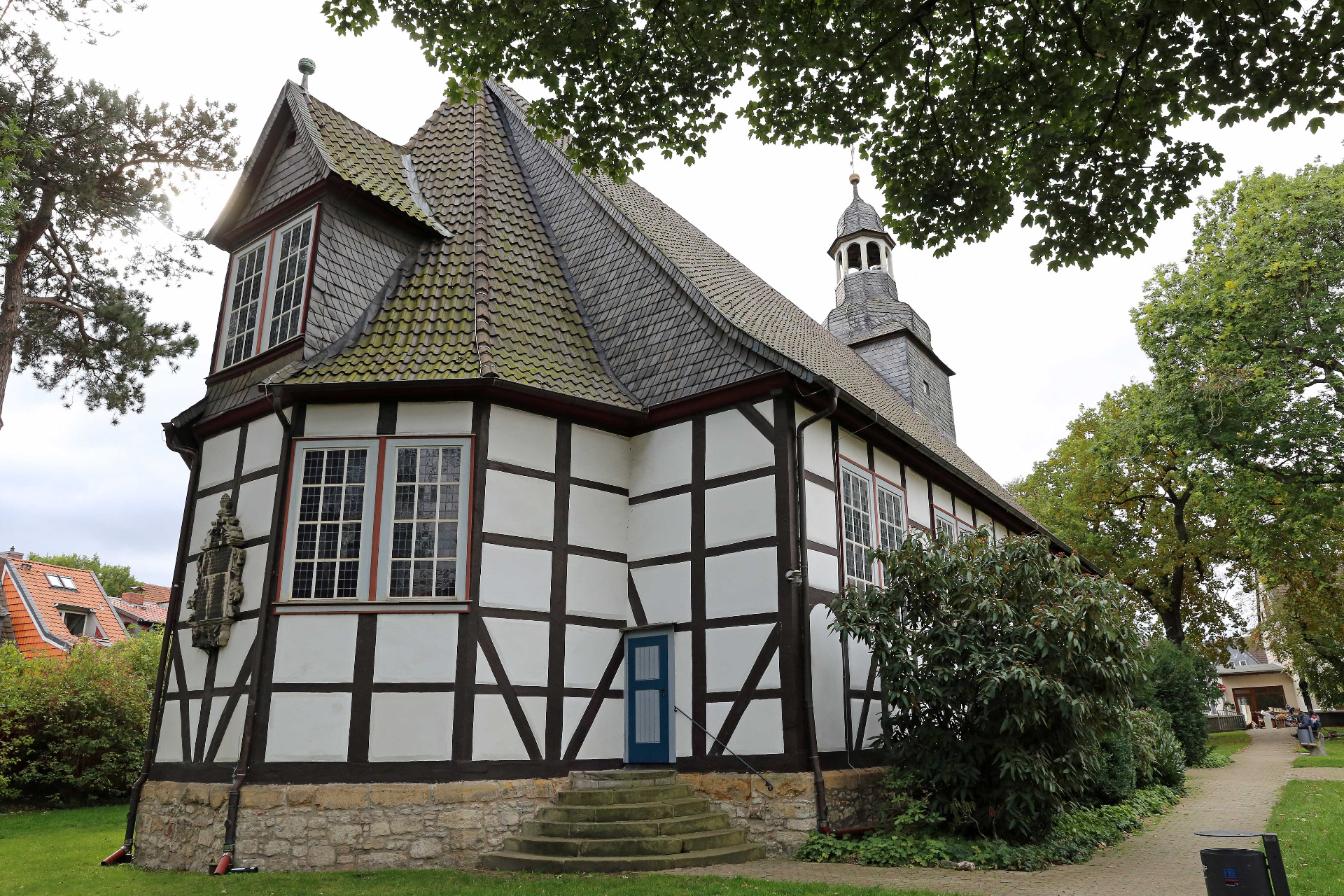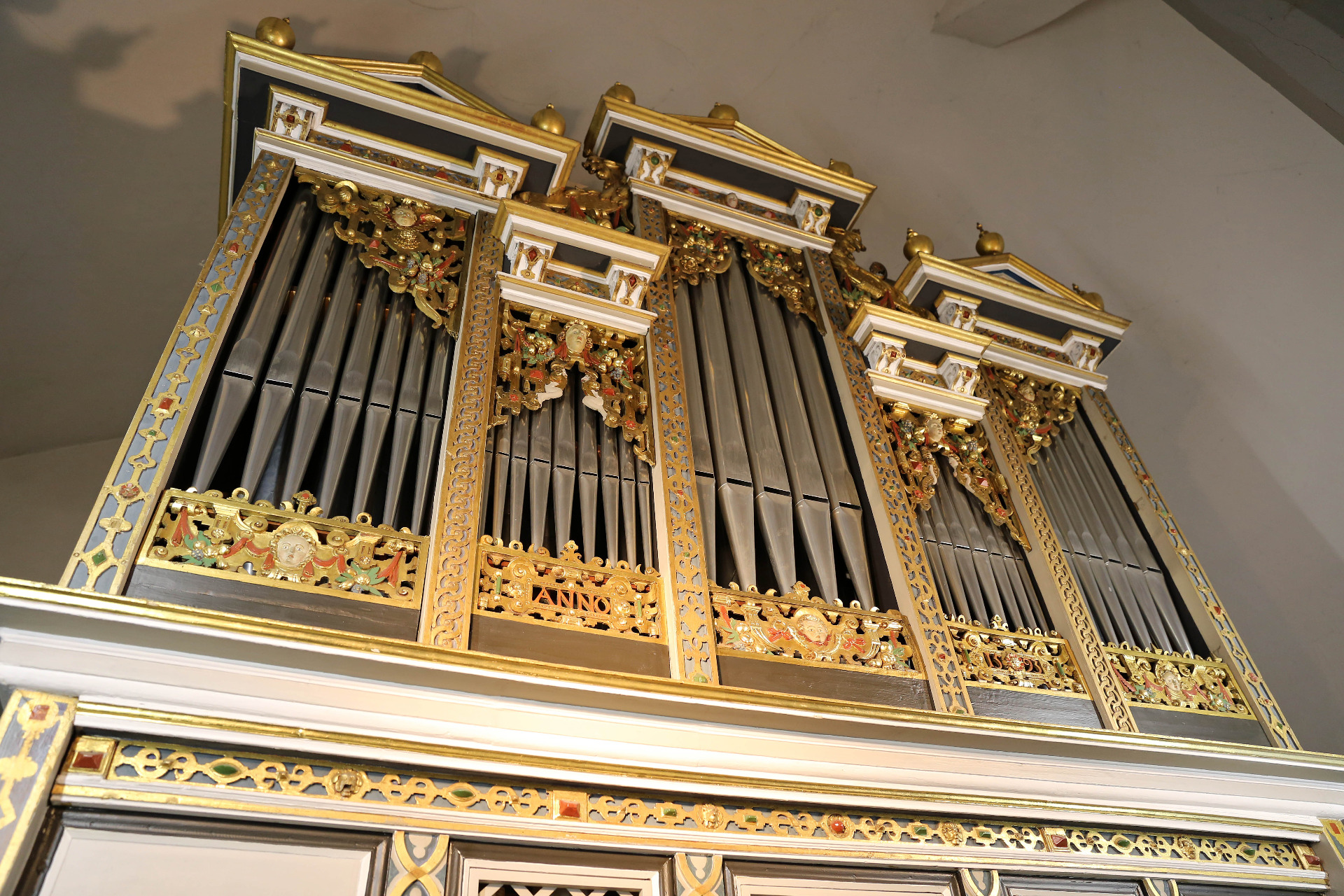Halls
St. Johannis-Church, Wolfenbüttel, Glockengasse 2
St. Johannis Church - named after John the Baptist - is a church in the west of the town of Wolfenbüttel (Augustusstadt), whose parish belongs to the Wolfenbüttel Provostry in the Evangelical Lutheran State Church in Braunschweig. The smallest of Wolfenbüttel's three historic town centre churches belongs to Augustus Town, which Duke Augustus the Younger had built between 1653 and 1658 after the end of the Thirty Years' War as an extension of his residence, mainly for the craftsmen. In the middle of an idyllic old cemetery lies the Johanniskirche, a simple half-timbered building, whose master builder has been handed down to the Auguststadt citizens.


The church was consecrated after a two-year construction period on 13 December 1663 by Brandanus Daetrius, court preacher and abbot of Riddagshausen, in the presence of August the Younger of Braunschweig-Wolfenbüttel. In 1960 a tasteful restoration took place.
St. Johannis was built as a three-nave half-timbered building on a quarry stone base with a gable roof. A special feature is the massive west front with corner ashlar. The original church tower had to be demolished around 1690 due to insufficient stability. As a replacement, a free-standing massive bell tower was built in 1693 according to the design of the master builder Johann Balthasar Lauterbach. The basement with cross vaulting and round-arched entrance was designed as a mortuary.
In the choir hang the medallions of Duke August the Younger and his wife Sophie Elisabeth. The exhibits - altar, pulpit, baptismal font and organ prospectus - come from the castle chapel of the once impressive and later decayed princely seat of Hesse Palace.
On the walls are the tombstones of the master builder Hermann Korb - died 1735 - and the composer Johann Rosenmüller - died 1684.
St. John's Church is described by the architectural historian August Finck as a "precious jewel of Protestant church architecture".
State Academy of Music Niedersachsen Wolfenbüttel
The orchestra hall offers 360 square metres of space for almost any size of ensemble. Only the impressive panoramic windows separate orchestra and audience from the Wolfenbüttler Seeligerpark with its magnificent tree population. The hall can be equipped with up to 250 seats. If required, an individually adjustable stage of 12×6 metres is available. Modern lighting and sound technology round off rehearsals, concerts and music productions.


